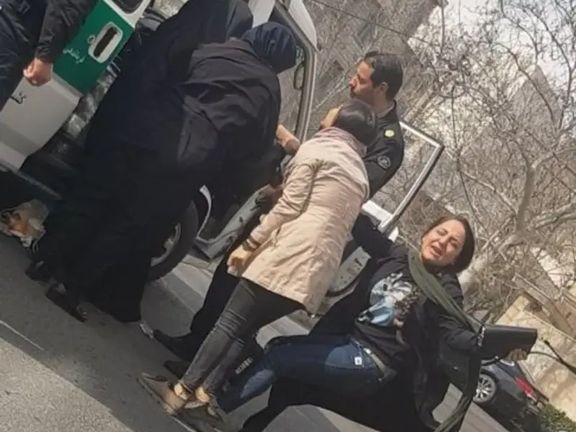Hosseini revealed that "a significant portion of those who commit hijab removal are under the ages of 15 and 18," highlighting the state's focus on penalizing young women.
The initiative is part of the broader Project Noor, which has ramped up enforcement of the Islamic Republic’s hijab laws, leading to increased violent confrontations on the streets as authorities clamp down on Iranian women. The forceful approach has sparked renewed global outrage.
Hosseini categorized individuals who remove their hijab into three groups: the first receives only a verbal warning for unintentional non-compliance; the second, includes those seen as encouraging others to unveil and are actively pursued by the authorities; the third group involves individuals accused of systematically challenging hijab, targeted by security and intelligence forces for organized defiance.
The newly launched court branch shows Iran's decision to criminalize what it perceives as “acts of rebellion” against its “moral codes,” particularly focusing on the youth. This strategy reflects the government’s desperation to assert control amid growing internal and international criticism.
Further unsettling reports have surfaced since the implementation of Project Noor, detailing police misconduct, including extortion, theft, andsexual harassment by officers tasked with enforcing hijab compliance. Such accusations exacerbate the already volatile relationship between the public and the police, eroding trust and stoking fears among the population.
Global human rights organizations, student bodies, and activists are vocally condemning such measures, highlighting the infringement on basic human rights and personal freedoms in Iran.








